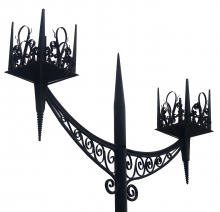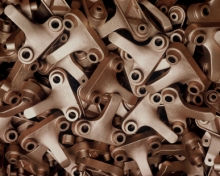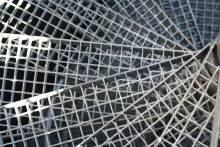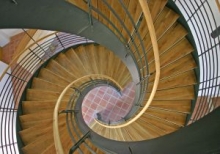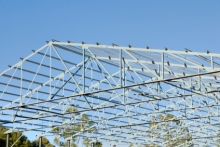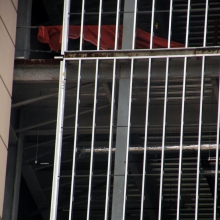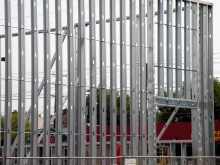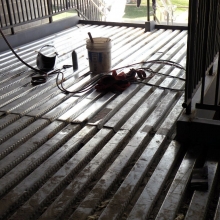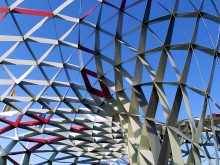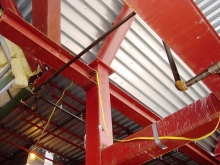Decorative Metal
Decorative metal can be defined as metal that provides architectural decoration but has no structural value. Metal can be formed into countless shapes while still retaining many advantageous properties. A wide variety of metals and alloys can be used, including aluminum, brass, steel, tin, silver, gold, and wrought iron. Examples of decorative metal uses are countless but include spiral staircases, guardrails, handrails, gates, decorative brackets, and cornices. For certain projects, designers may specify metals that will react to the elements, resulting in a modified surface appearance called a patina. Other projects may call for painting or factory finishing to protect the metal or add aesthetic detail.
